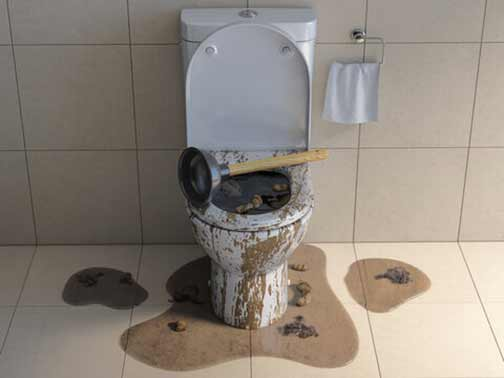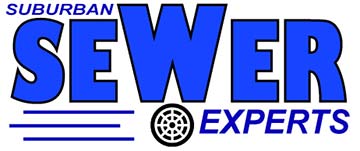
A backed-up sewer line is the most distressing plumbing issue that can occur in your home. It can upset everything in your household, destroying your flooring or landscaping and exposing your family to dangerous pathogens. Why do sewer lines back up, and what can you do about it?
Sewer lines, by design, do not just start to back up. Before a sewer line backs up, it would have endured days, weeks, or even months of severe problems that were not addressed. According to Keyrenter Folsom, sewer line backups happen as the ultimate outcome of all the overlooked issues in the sewer line.
Sewer line backup: what it is and what causes it
A sewer line backup happens when its contents flow in the opposite direction from how it is designed to work. Instead of flowing away from your home into the municipal sewer line in the street or the septic system outside your home, wastewater flows backwards in the sewer line until it enters the house.
If a sewer line is getting ready to back up, some of the signs you will see in your home are:
- Multiple fixture drains are becoming clogged or slow at the same time. Typically, this happens with the toilet, shower, bathtub, and the floor drains in your home.
- Persistent bad odors from your drains and plumbing fixtures, especially when you flush the toilet or run a lot of water into the sink, shower, or bathtub drain.
- Gurgling or bubbling sounds occur because trapped air within the sewer line is escaping from the pipes through the drains inside your home.
- Overflowing drains and toilets inside your home. Usually, this is one of the last signs before you have a full-blown sewer backup inside your home.
- An overflowing cleanout occurs when blockages in the sewer line cause wastewater to build up within the pipes until the cleanout is filled and starts to run over.
- Finally, wastewater and raw sewage flows into the home from drains that are closest to the ground on the home’s first floor (shower, toilet, bathtub, or floor drains).
What causes a sewer line backup?
Basically, sewer line backups are caused by clogs and blockages inside the sewer line. These clogs and blockages can be the result of the following:
- Buildup of fats, oils, or grease, plus soap scum and hair, inside the sewer line.
- An assortment of materials that were flushed into the home’s toilets.
- Food scraps such as starchy foods, fibrous veggies, large bones, etc.
- Collapsed sections of the sewer line, due to age or ground movements.
- Tree roots that have found their way into the sewer line.
- Sewer line bellies resulting from erosion or fragile pipes.
- Cracks in the sewer line that admit soil and rocks into the pipes.
- Misaligned pipe joints that encourage debris to collect inside the sewer line.
How to prevent sewer line backups
The most effective remedy for sewer line backups is to prevent them by fixing issues that can cause the sewer line to back up. This means detecting the presence of any of the above-listed causes of sewer line backups and fixing the problem before it worsens.
To do this, you need a way to inspect your sewer line to determine its condition and also detect any problems in the system. Secondly, you need a strategy that will let you clear out the debris inside your sewer line before it results in clogs and blockages.
- Sewer camera inspection
This is the most convenient and cost-effective method to evaluate the condition of a sewer line and detect existing problems. With a sewer camera inspection, you can inspect your sewer line without digging it up. To do this, a waterproof high-resolution camera is inserted into the sewer line and used to obtain a detailed video of the inside of the line.
Based on the outcome of this inspection, one or both of these methods will be used to remove the debris inside the sewer line.
- Hydro jetting
This drain-cleaning method uses a stream of high-pressure water to blast away the debris, clogs, and blockages inside your sewer line. A flexible high-pressure hose with a stainless steel nozzle is inserted into the sewer line. Then a jetting machine is used to deliver water at very high pressures into the line, completely clearing the pipes.
- Sewer rodding
This is another popular method used by professional plumbers. It uses a flexible metal cable with a steel cutting head at one end. These are inserted into the sewer line, and a machine is used to drive the cable into the sewer line, while adding a powerful spinning motion that allows the cutting head to cut through any kind of blockage.
Sewer rodding and hydro jetting are capable of clearing the most stubborn blockages from a sewer line, including tree roots, sludge, grease buildup, and scale. However, if the sewer camera inspection result shows that your sewer line is damaged, before attempting to clear the line, you must repair it first.

